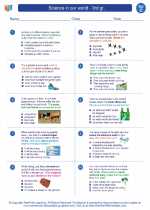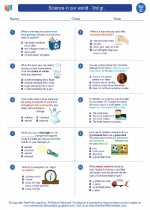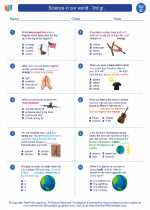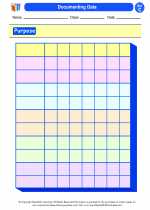Newton's Second Law of Motion
Newton's Second Law of Motion states that the acceleration of an object is directly proportional to the net force acting on it and inversely proportional to its mass. In simple terms, it means that the more force you apply to an object, the faster it will accelerate, and the more massive the object is, the harder it is to accelerate.
The Mathematical Formulation of Newton's Second Law
The mathematical formula for Newton's Second Law is:
F = ma
Where:
- F is the net force acting on the object,
- m is the mass of the object, and
- a is the acceleration of the object.
Understanding the Relationship
This law helps us understand how different forces affect the motion of an object. If you apply a greater force to an object, it will accelerate more. If you increase the mass of the object, it will require more force to achieve the same acceleration.
Study Guide for Newton's Second Law
- Define Newton's Second Law of Motion. Be able to explain the relationship between force, mass, and acceleration using the formula F = ma.
- Understand the concept of force. Learn about different types of forces and how they can affect the acceleration of an object.
- Practice solving problems. Work on problems that involve calculating force, mass, or acceleration using the formula F = ma.
- Explore real-world examples. Look for examples in daily life or in the news where Newton's Second Law of Motion is at work, and analyze how force and mass affect the acceleration of objects.
- Compare with other laws of motion. Understand how Newton's Second Law relates to the other laws of motion and how they collectively explain the behavior of objects in motion.
By understanding and applying Newton's Second Law of Motion, you can better comprehend the forces that govern the motion of objects and how they behave in different situations.
.◂Science Worksheets and Study Guides Third Grade. Science in our world - 3rd gr.

 Worksheet/Answer key
Worksheet/Answer key
 Worksheet/Answer key
Worksheet/Answer key
 Worksheet/Answer key
Worksheet/Answer key
 Worksheet/Answer key
Worksheet/Answer key
